Temples of Christ Resurrection
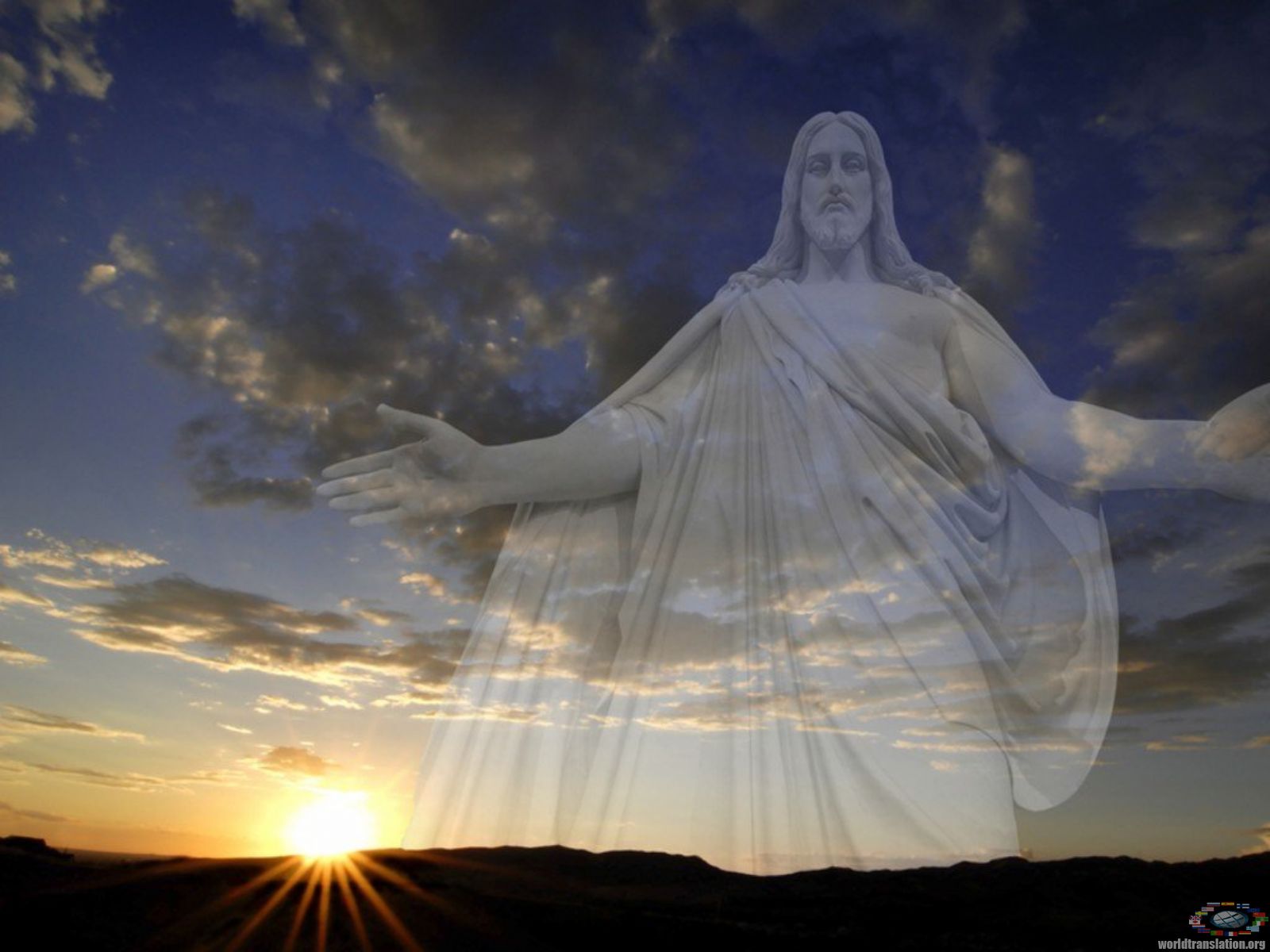
Christ our Savior, Yours Resurrection, the angels are singing in heaven and vouchsafe us to glorify You on earth with pure hearts - with this singing begins religious procession during an Orthodox liturgy on the Day of Resurrection - Easter.
You can glorify Christ in different ways: "Every breath praise the God." You can praise the God by your deeds, thoughts and prayers... Temples - is a praise, which is expressed in stone or wood. A lot of work and talent invested in their construction landscaping and decorating. No wonder, that at every service for all contributors, builders, designers and anyone who refers to the temple rose prayers to God.
In the fact, the value of churches is not only, that exactly in them divine services are performed and also rituals and sacrifices are brought (in Christianity - bloodless), but it is also a symbolic idea of peoples about the universe, the memory of certain events and their meaning.
What event could be more significant then Resurrection of Christ? Execution of the ancient promise of God to save the world! Which was being prepared, which was waiting by all the humanity! It happened! The world has been redeemed, the devil was defeated! The highest joy which demanding incarnation!..
That is why in the world there are so many temples dedicated to the most greatest and most significant event on earth - the Resurrection of Christ! They are more than 440 such temples worldwide. They belong to different denominations, are built in different cities and countries. They all are united by glorification of of the greatest holiday - the Resurrection of Christ.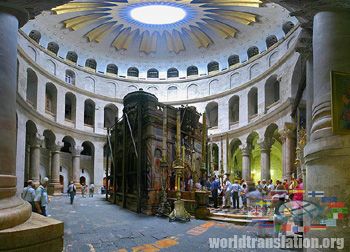 The first and the most important temple of the Resurrection of Christ, of course, is Jerusalem Church of the Resurrection of Christ, or, as it is called, the Holy Sepulcher, the Cathedral Orthodox Church of Jerusalem. This is not surprising - because it was built directly on place where Jesus Christ was resurrected. This temple was sanctified in 13 September 335 AD, and was laid down 10 years earlier by Queen Helena, mother of Emperor Constantine, who gave Christianity the right for existence and prosperity in that world. Unfortunately, Helena did not live up to the date of the consecration of the temple, which restricted the cross suffering and burial (and therefore - Resurrection) of Christ (so great it was). But every Christian believes that her soul is happy, looking from the abode of God to the continuance of her affairs. Because now it is a huge temple complex, consisting of many temples and altars. But the central, of course, is the Church of the Resurrection. Despite the many disasters: earthquakes, fires, civil strifes and abuses, the temple is still standing and each year becomes more and morre beautiful. Relatively recently in 1808, kafolikon (cathedral church) of the Resurrection of Christ was fenced with a new walls and high iconostasis, so the unity of the liturgical space inside the complex, allowing a truly prayerful atmosphere was finally achieved.
The first and the most important temple of the Resurrection of Christ, of course, is Jerusalem Church of the Resurrection of Christ, or, as it is called, the Holy Sepulcher, the Cathedral Orthodox Church of Jerusalem. This is not surprising - because it was built directly on place where Jesus Christ was resurrected. This temple was sanctified in 13 September 335 AD, and was laid down 10 years earlier by Queen Helena, mother of Emperor Constantine, who gave Christianity the right for existence and prosperity in that world. Unfortunately, Helena did not live up to the date of the consecration of the temple, which restricted the cross suffering and burial (and therefore - Resurrection) of Christ (so great it was). But every Christian believes that her soul is happy, looking from the abode of God to the continuance of her affairs. Because now it is a huge temple complex, consisting of many temples and altars. But the central, of course, is the Church of the Resurrection. Despite the many disasters: earthquakes, fires, civil strifes and abuses, the temple is still standing and each year becomes more and morre beautiful. Relatively recently in 1808, kafolikon (cathedral church) of the Resurrection of Christ was fenced with a new walls and high iconostasis, so the unity of the liturgical space inside the complex, allowing a truly prayerful atmosphere was finally achieved.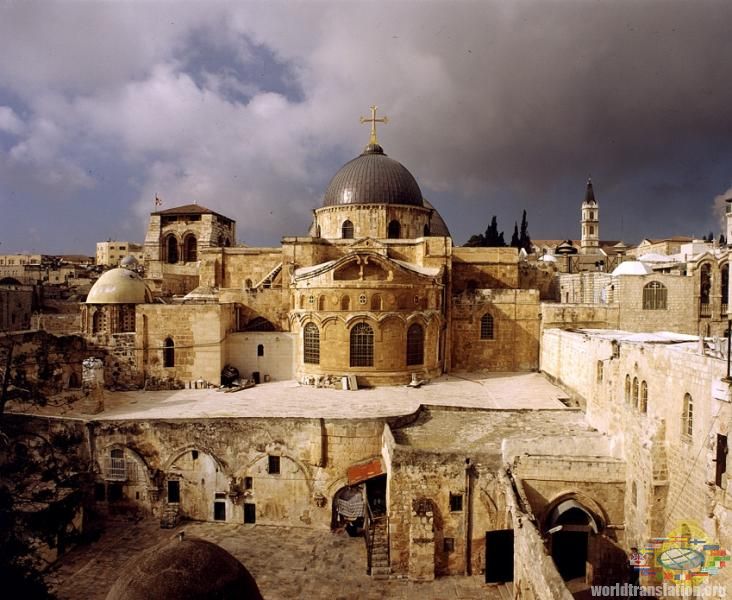 Temple of the Holy Sepulcher is shared between all Christian denominations in certain proportions, that can not be willfully violated by any one of them. And the most important temple of the Resurrection of Christ belongs to the Orthodox Patriarchate of Jerusalem. Exactly orthodox first begin daily liturgy at Holy Sepulchre, including a temple holiday of Easter. Everyone knows the story of how the Holy Fire, coming to the Holy Sepulchre, every year on the eve of Easter in the Orthodox calendar once it came out of the column (where the crack is visible to this day), only because the Orthodox Patriarch was not let into the the temple.
Temple of the Holy Sepulcher is shared between all Christian denominations in certain proportions, that can not be willfully violated by any one of them. And the most important temple of the Resurrection of Christ belongs to the Orthodox Patriarchate of Jerusalem. Exactly orthodox first begin daily liturgy at Holy Sepulchre, including a temple holiday of Easter. Everyone knows the story of how the Holy Fire, coming to the Holy Sepulchre, every year on the eve of Easter in the Orthodox calendar once it came out of the column (where the crack is visible to this day), only because the Orthodox Patriarch was not let into the the temple.
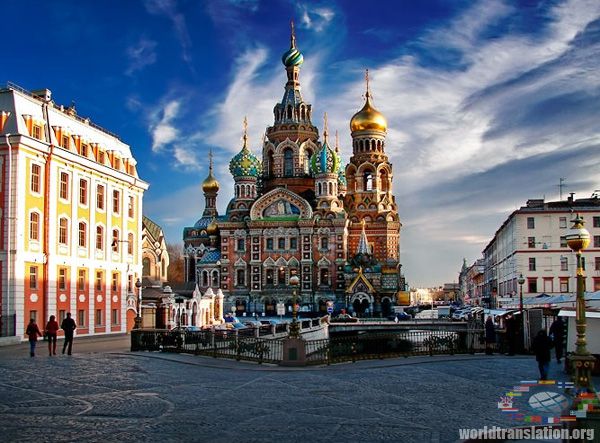 But there are other, no less famous temples in honor of the Resurrection. One of them is the so-called Saviour on the Blood. This temple is located in St. Petersburg. It is built on the site of the murder of Russian king Alexander II. In 1881, after the terrorist act - the Russian king was fatally wounded at the Embankment of Catherine Canal. The same evening, March 1, the area of the assassination attempt was fenced, and next day at a meeting of the Duma, it was decided to build a temple there. Magnificent architect A. A. Parland with the assistance of the Ignatius Malyshev - Archimandrite of the Trinity-Sergius desert, the winners of the contest for the best project, built a truly great memorial church. In 1883, began the construction of the nine domed church in the traditionally Russian style. Moscow and Yaroslavl Russian churches of XVI-XVII centuries were such samples . Even now you can see an amazing similarity of the Savior on the Blood in St. Petersburg and St. Basil's Cathedral on Red Square in Moscow. But the most delightful in the external and internal decoration of the temple is the abundance of mosaic work. Currently, it is the only one temple in the world, which is a shining example of mosaic art.
But there are other, no less famous temples in honor of the Resurrection. One of them is the so-called Saviour on the Blood. This temple is located in St. Petersburg. It is built on the site of the murder of Russian king Alexander II. In 1881, after the terrorist act - the Russian king was fatally wounded at the Embankment of Catherine Canal. The same evening, March 1, the area of the assassination attempt was fenced, and next day at a meeting of the Duma, it was decided to build a temple there. Magnificent architect A. A. Parland with the assistance of the Ignatius Malyshev - Archimandrite of the Trinity-Sergius desert, the winners of the contest for the best project, built a truly great memorial church. In 1883, began the construction of the nine domed church in the traditionally Russian style. Moscow and Yaroslavl Russian churches of XVI-XVII centuries were such samples . Even now you can see an amazing similarity of the Savior on the Blood in St. Petersburg and St. Basil's Cathedral on Red Square in Moscow. But the most delightful in the external and internal decoration of the temple is the abundance of mosaic work. Currently, it is the only one temple in the world, which is a shining example of mosaic art.
The church was consecrated on August 19, 1907 in honor of the Resurrection, but people still call it Savior on the Blood. Inside there are 20 granite memorial boards on which with gilded letters listed acts of Alexander II, aimed at good order and the glorification of the Russian state. The height of the temple at the highest point is 81 meters, which represents the date of the death of the Russian Emperor - 1881.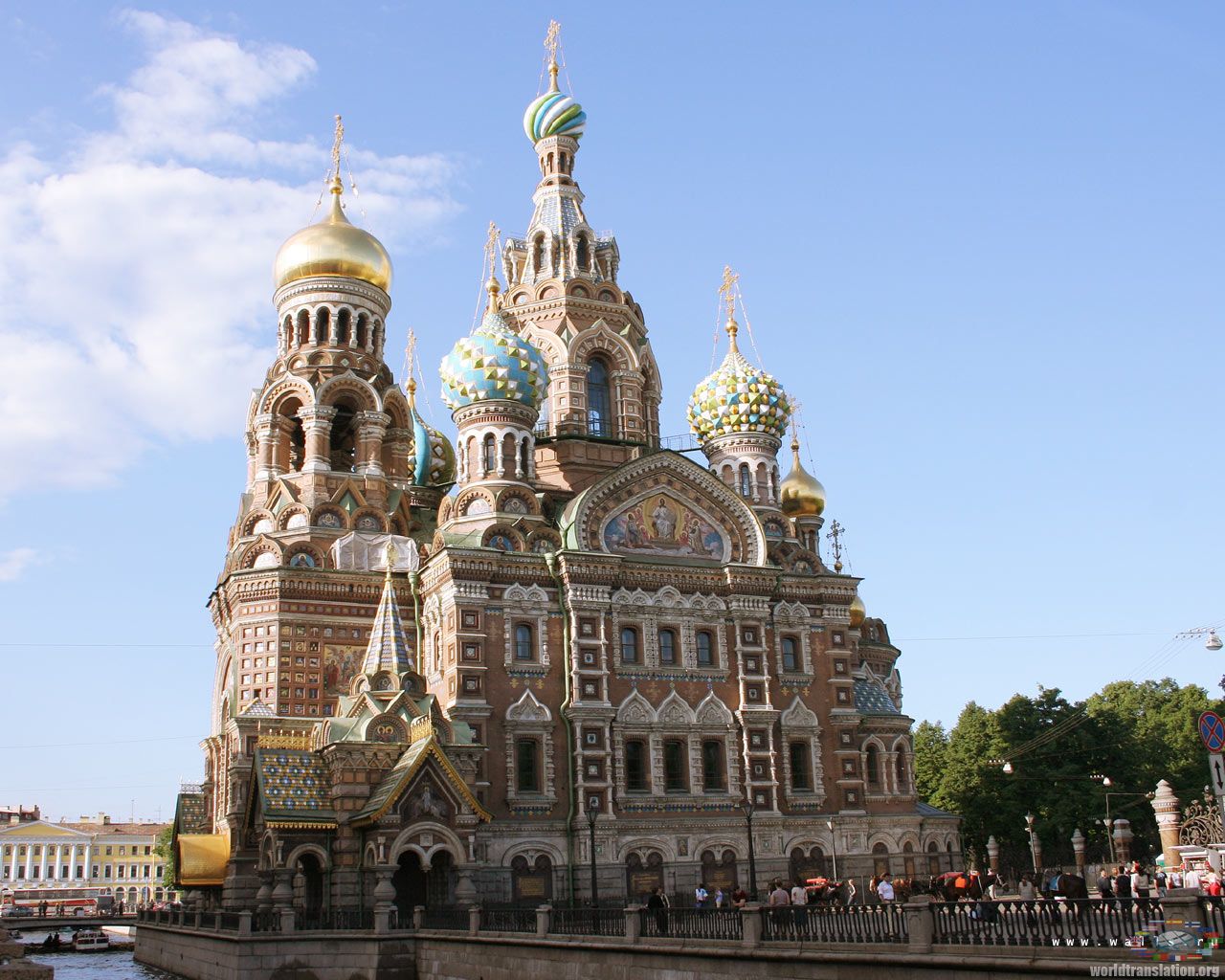 It is interesting that another equally famous temple of the Resurrection of Christ was built in honor of the event from the life of another king of the same dynasty - Alesander III, son of Alexander II. The reason for the construction of this temple on Forosse (Crimea) was miraculous rescue of the imperial family during the collapse of the royal train in 17 October 1888 at the Borki station on Kharkov railway. In memory of the fact that during the train wreck nobody from the imperial family was injured, and this temple was built . The construction was financed by the A. G. Kuznetsov - well-known in that time russian merchant . Academician N. M. Chagin, well-known architect of that time, has developed a draft of the temple, which was located at the top of a steep red cliffs. Height of 400 meters makes the church not just high, but hovering over the cliff. It is perfectly visible from all sides.
It is interesting that another equally famous temple of the Resurrection of Christ was built in honor of the event from the life of another king of the same dynasty - Alesander III, son of Alexander II. The reason for the construction of this temple on Forosse (Crimea) was miraculous rescue of the imperial family during the collapse of the royal train in 17 October 1888 at the Borki station on Kharkov railway. In memory of the fact that during the train wreck nobody from the imperial family was injured, and this temple was built . The construction was financed by the A. G. Kuznetsov - well-known in that time russian merchant . Academician N. M. Chagin, well-known architect of that time, has developed a draft of the temple, which was located at the top of a steep red cliffs. Height of 400 meters makes the church not just high, but hovering over the cliff. It is perfectly visible from all sides. 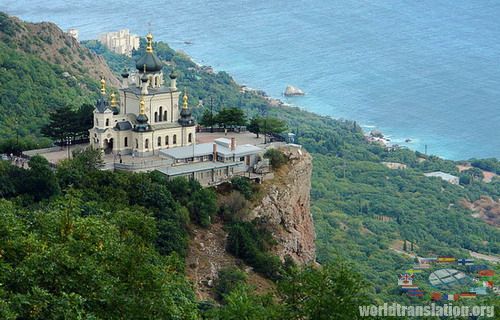 The walls of nine-domed church are lined with of the rare building material - plinfy, faced with white Inkerman stone. The icons for the church were written by famous Russian painters Korzukhin, Makovsky and others. 4 October 1892 the church of the Resurrection was consecrated.
The walls of nine-domed church are lined with of the rare building material - plinfy, faced with white Inkerman stone. The icons for the church were written by famous Russian painters Korzukhin, Makovsky and others. 4 October 1892 the church of the Resurrection was consecrated.
The temple has a long history of suffering. What has not gone through it from 1924, when it was closed by the godless government, and until 1990, when it was returned to the religious people. There were stores, restaurants, during the Great Patriotic War there were fights. But since 1987, when was made the decision about the restoration of "Foros miracle", as the Temple was called in the media, began the revival not only of the church but also of human souls...